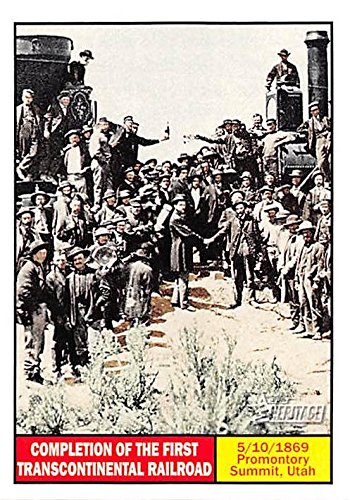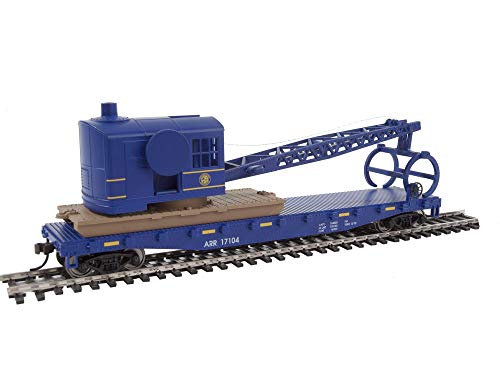The route to Traverse City + Petosky would largely serve vacation and second home travelers and give year-round residents access to Southeast Michigan. It would also bring access to a handful of smaller Central Michigan communities who don't have the benefit of tourist & vacation home community money.
I would not want to rely on "vacation and second home" travelers to support a service. In my experience tourism by rail mostly consists of people either riding for the cross-country experience or people traveling to large cities where they can get around without a car. My recent rip on the Canadian was an example -- I not only enjoyed the classic long-distance streamliner trip, I also was able to explore Toronto, Vancouver, and Seattle, none of which required a car at the destination. Most cities in North America require the use of a car when you get to a destination. When you start adding the cost of a car rental to everything else, most people will just drive the whole way with their own car, which they're paying for anyway, even if it's sitting at home in the driveway.
























































